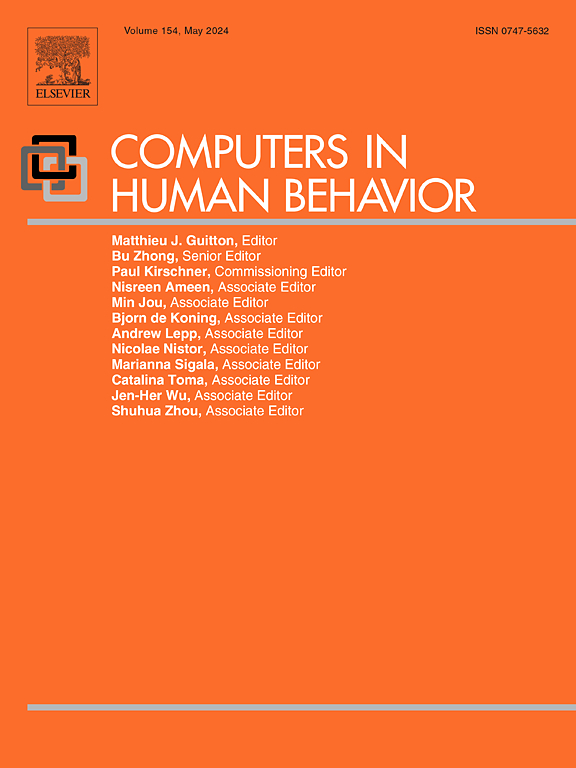Smartphone and the brain: Stress and self-control mediate the association between the connectome-based predictive modeling of fMRI brain network and problematic smartphone use
IF 9
1区 心理学
Q1 PSYCHOLOGY, EXPERIMENTAL
引用次数: 0
Abstract
Background
Although neuroimaging patterns linked to problematic smartphone use (PSU) are increasingly understood, studies utilizing whole-brain machine learning to identify connectome-based neuromarkers are lacking. Additionally, however the I-PACE model has identified affective (e.g., stress) and cognitive (e.g., self-control) as key contributors to PSU, the neuroscientific basis of these factors remains underexplored. This study employed connectome-based predictive modeling (CPM) to examine how distributed brain networks influence PSU and to investigate the mediating roles of stress and self-control.
Methods
We analyzed functional MRI and behavioral data from 403 participants (mean age, 19.37 SD = 1.24; 111 males). CPM with leave-one-out cross-validation was used to identify functional networks predictive of PSU. Additionally, results were subjected to ten-fold cross-validation. The predictive ability of the identified networks was validated using two datasets (dataset 1: n = 320; dataset 2: n = 115). Mediation analysis explored the roles of stress and self-control between CPM results and PSU.
Results
Connectivity predictive of PSU primarily involved connections between the frontal-parietal and the salience, motor/sensory, and visual networks, as well as connections between the motor/sensory and visual networks. The negative network connections associated with PSU, identified in one sample, was successfully generalized to predict PSU in validation datasets. Significant findings included the single mediative effect of stress and the serial mediative effect of both stress and self-control.
Conclusions
These findings confirm that distributed brain networks are predictive of individual PSU and highlight the need to consider both affective and cognitive factors in understanding and addressing PSU.
求助全文
约1分钟内获得全文
求助全文
来源期刊

Computers in Human Behavior
Multiple-
CiteScore
19.10
自引率
4.00%
发文量
381
审稿时长
40 days
期刊介绍:
Computers in Human Behavior is a scholarly journal that explores the psychological aspects of computer use. It covers original theoretical works, research reports, literature reviews, and software and book reviews. The journal examines both the use of computers in psychology, psychiatry, and related fields, and the psychological impact of computer use on individuals, groups, and society. Articles discuss topics such as professional practice, training, research, human development, learning, cognition, personality, and social interactions. It focuses on human interactions with computers, considering the computer as a medium through which human behaviors are shaped and expressed. Professionals interested in the psychological aspects of computer use will find this journal valuable, even with limited knowledge of computers.
 求助内容:
求助内容: 应助结果提醒方式:
应助结果提醒方式:


